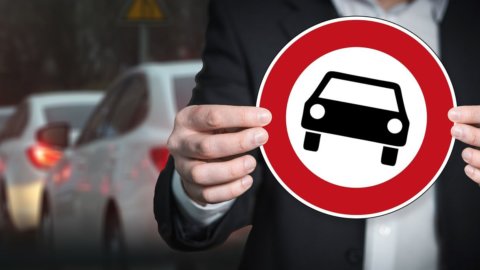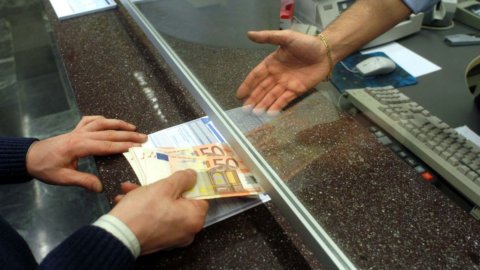For young people, keeping a car in Italy is incredibly expensive. According to the latest data released by the Insurance Supervisory Institute, the average price of a motor liability policy for the under 25s is 740 euros: even 78% more than the national average, which is 415 euros.
[Read the IPER Statistical Bulletin of IVass]
CAR TPL PRICES: THE MOST EXPENSIVE AND THE CHEAPEST CITIES
As always, the average values - which in this case refer to the fourth quarter of 2018 - hide within themselves very large variations at a territorial level. TO Napoli, for example, the under 25s pay a premium that is close to one thousand euros, about one and a half times the average cost recorded in the Province, which with its 618 euros is the most expensive in Italy.
In the general ranking of motor liability prices, second place goes to Prato, with 606 euros, while the opposite end of the ranking is occupied by Oristano e Aosta, which are confirmed as the cheapest provinces with 296 and 302 euros respectively.
To give a more precise picture of motor liability policies at a national level, IVASS specifies that half of all Italian policyholders pay less than 372 euros, but only for 10% of the final bill falls below 235 euros.
PRICES HAVE COLLAPSED IN THE LAST 6 YEARS, BUT NOW THE DOWNSLOW IS SLOWING
As for the price trend over time, last week the National Association of Insurance Companies announced that throughout 2018 the average price of motor liability policies decreased in Italy by 1%. In the lasts six years – also thanks to the success of anti-fraud tools such as the black box – the drop was even 25%. However, last year the decline was slower than in previous surveys, considering that the decline was 2,8% in 2017, 6,1% in 2015 and 6% in 2014.
ISTAT AND CODACONS CALCULATIONS
Note that the Ania data differ from those of the Istat (which, on the other hand, recorded an increase), due to the difference between the surveys of the Statistical Institute on the cost of insurance officially offered, and the monitoring carried out by Ania on the premiums actually charged.
Different from that of Ania is also the position of Codacons, according to which the price race has instead already resumed in the second half of 2018, with a 1,9% increase in tariffs in the third quarter, "and will continue in 2019 as well".





